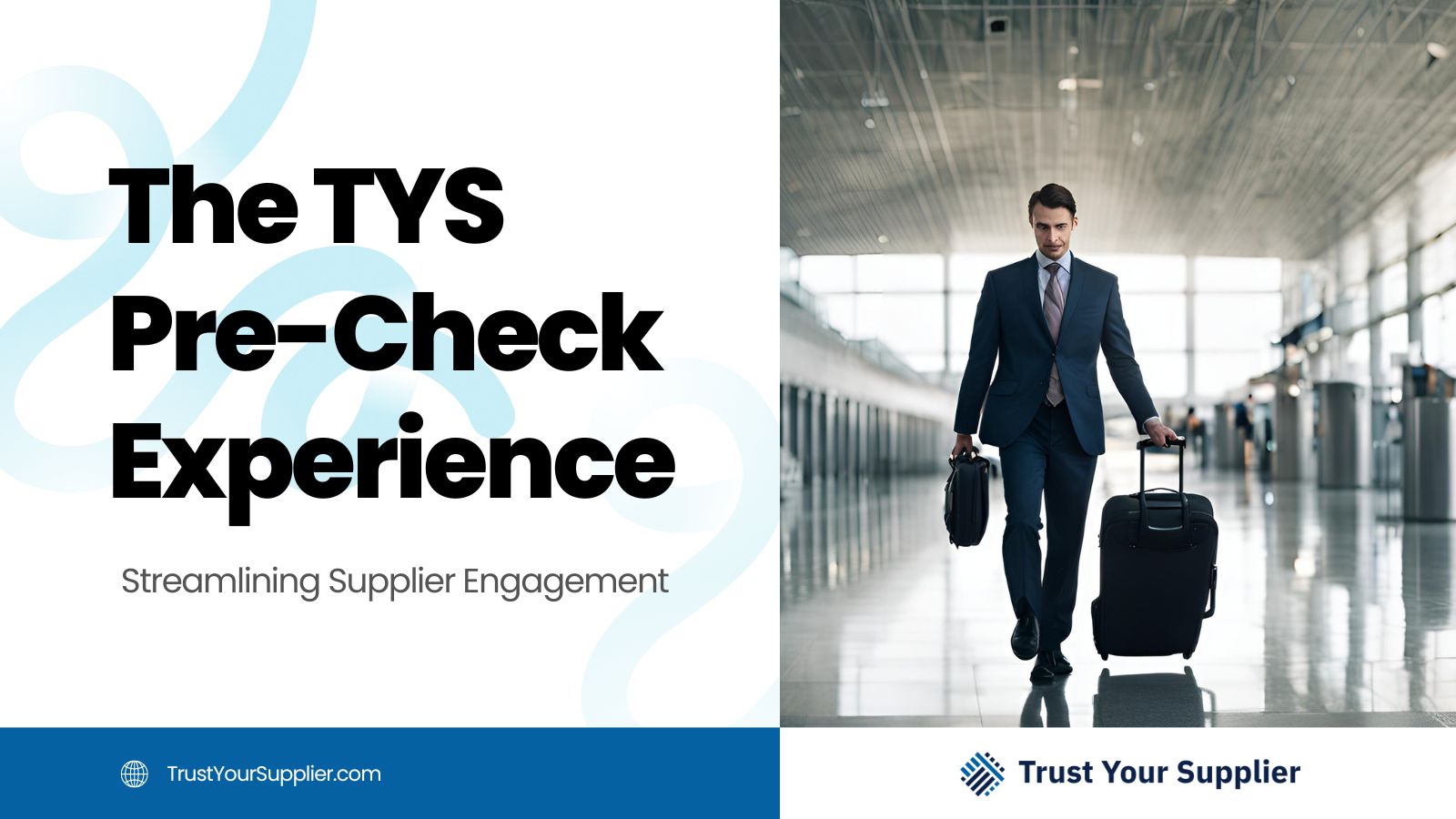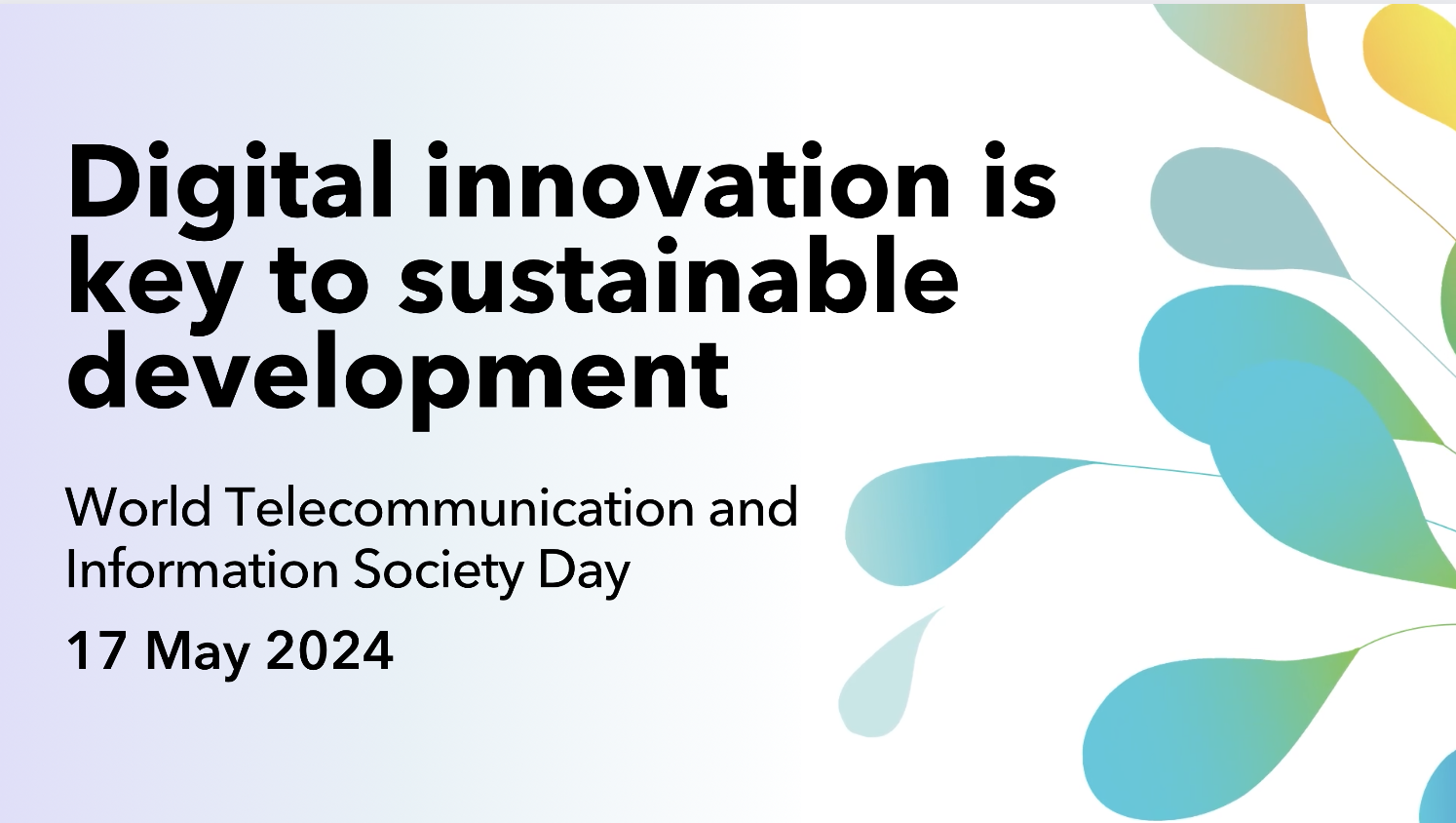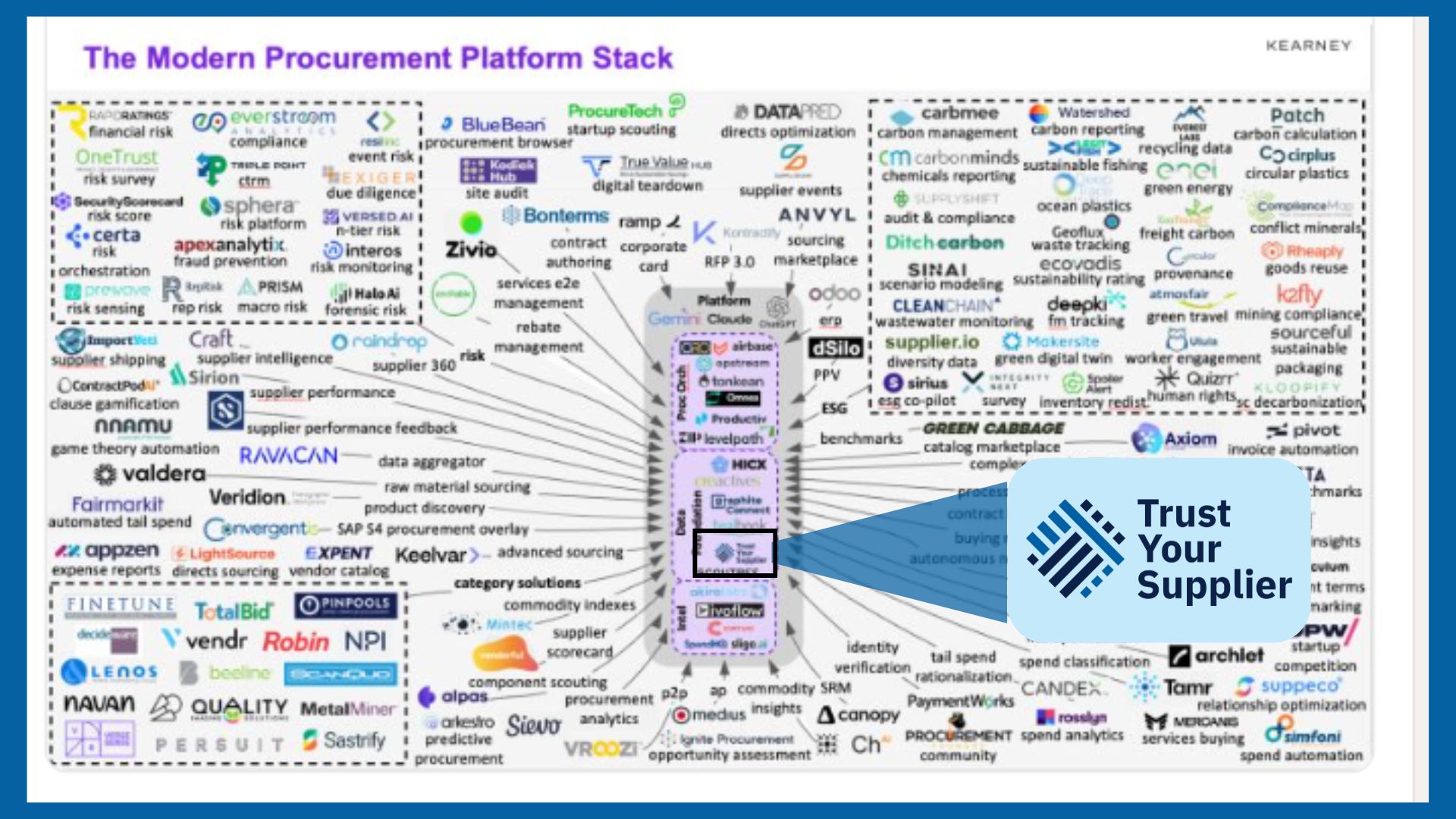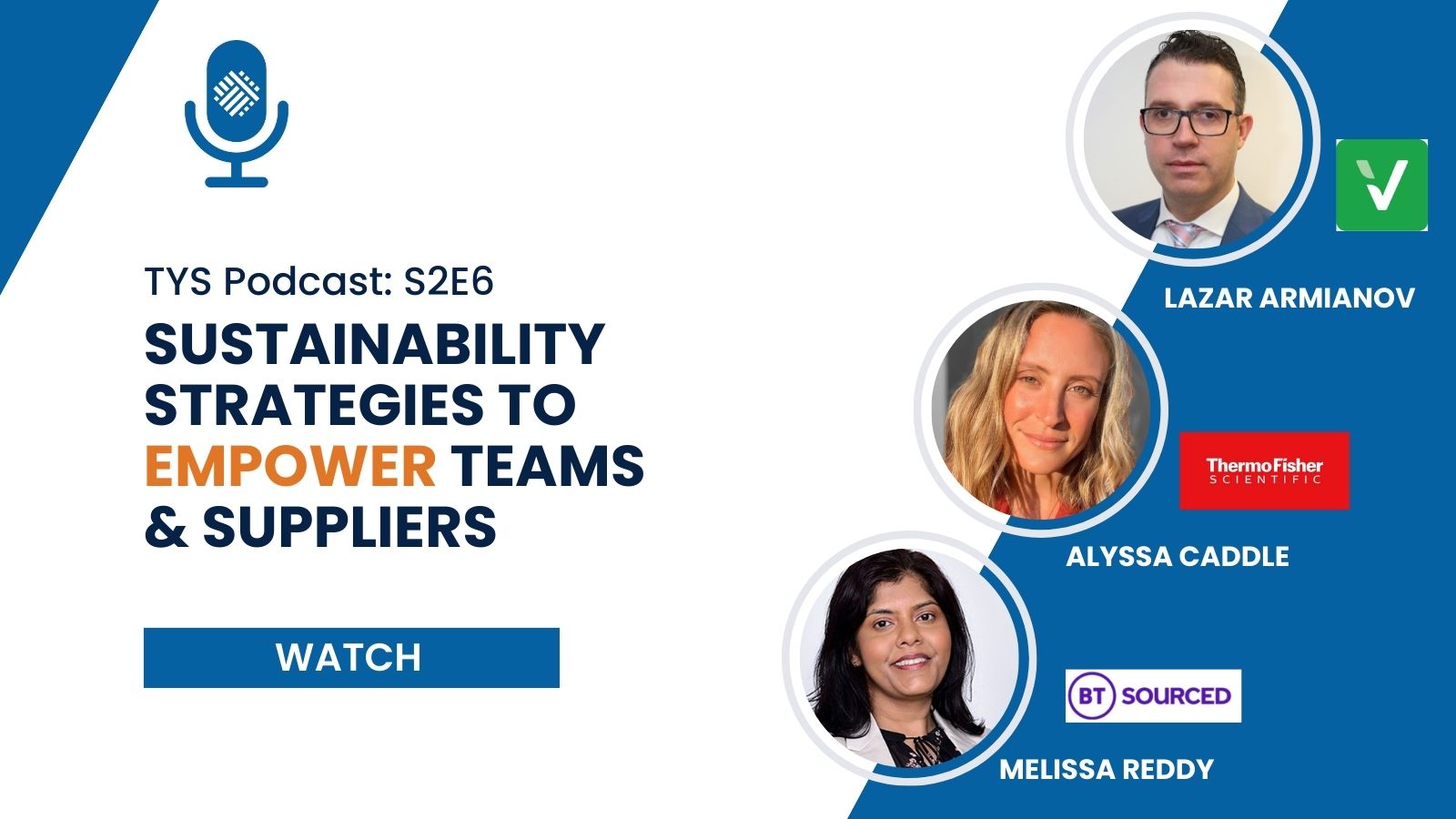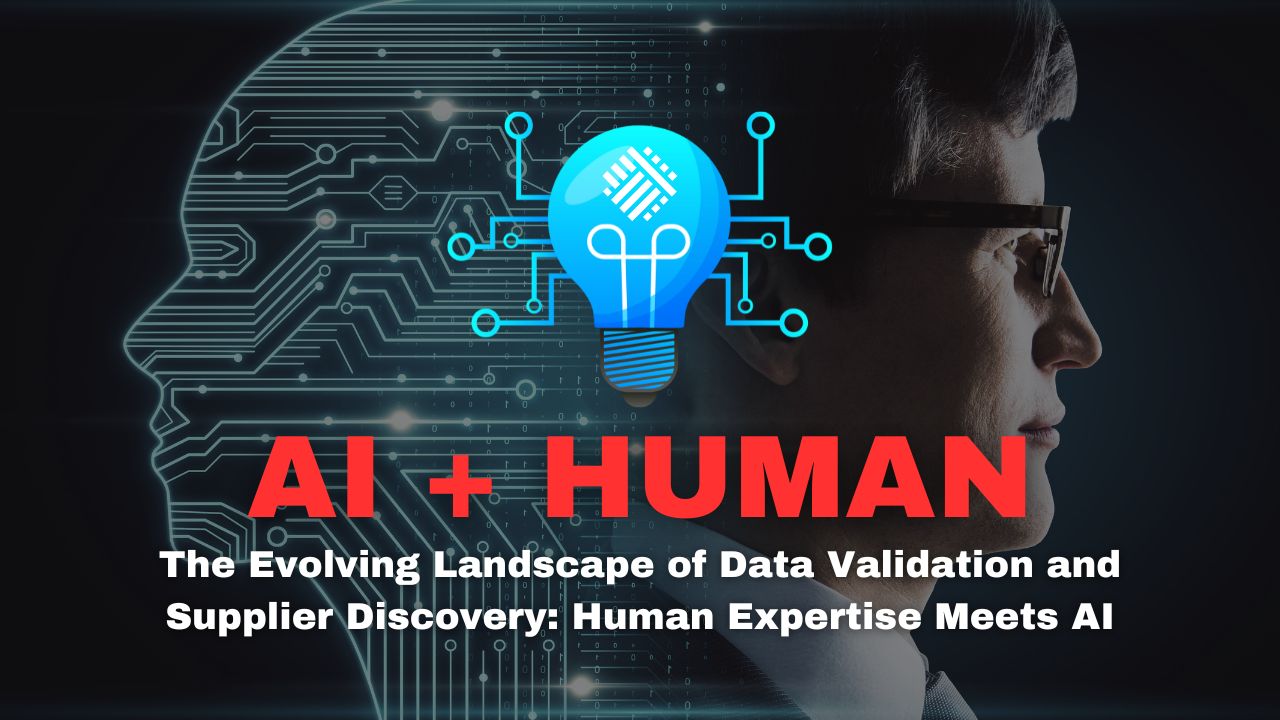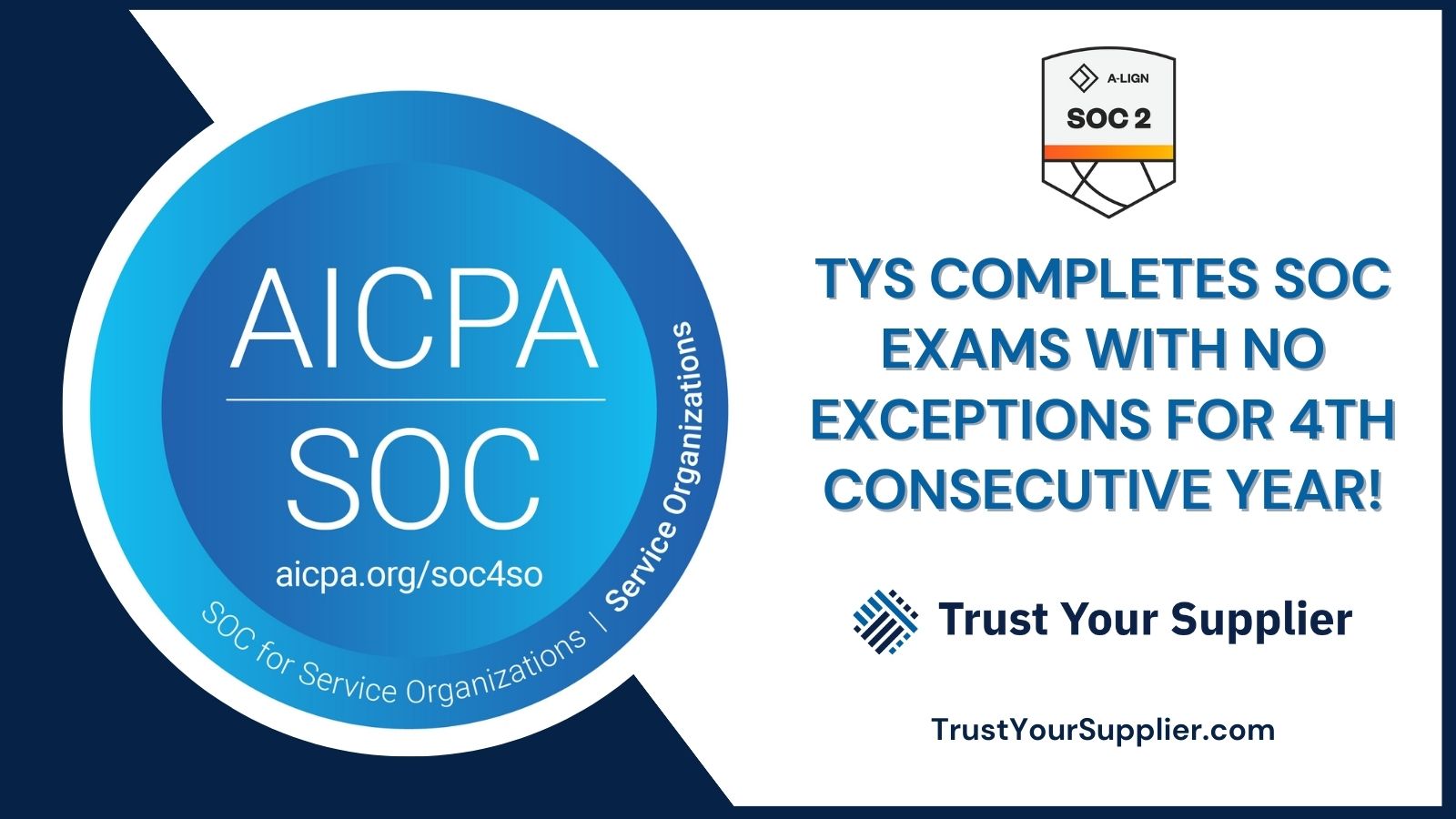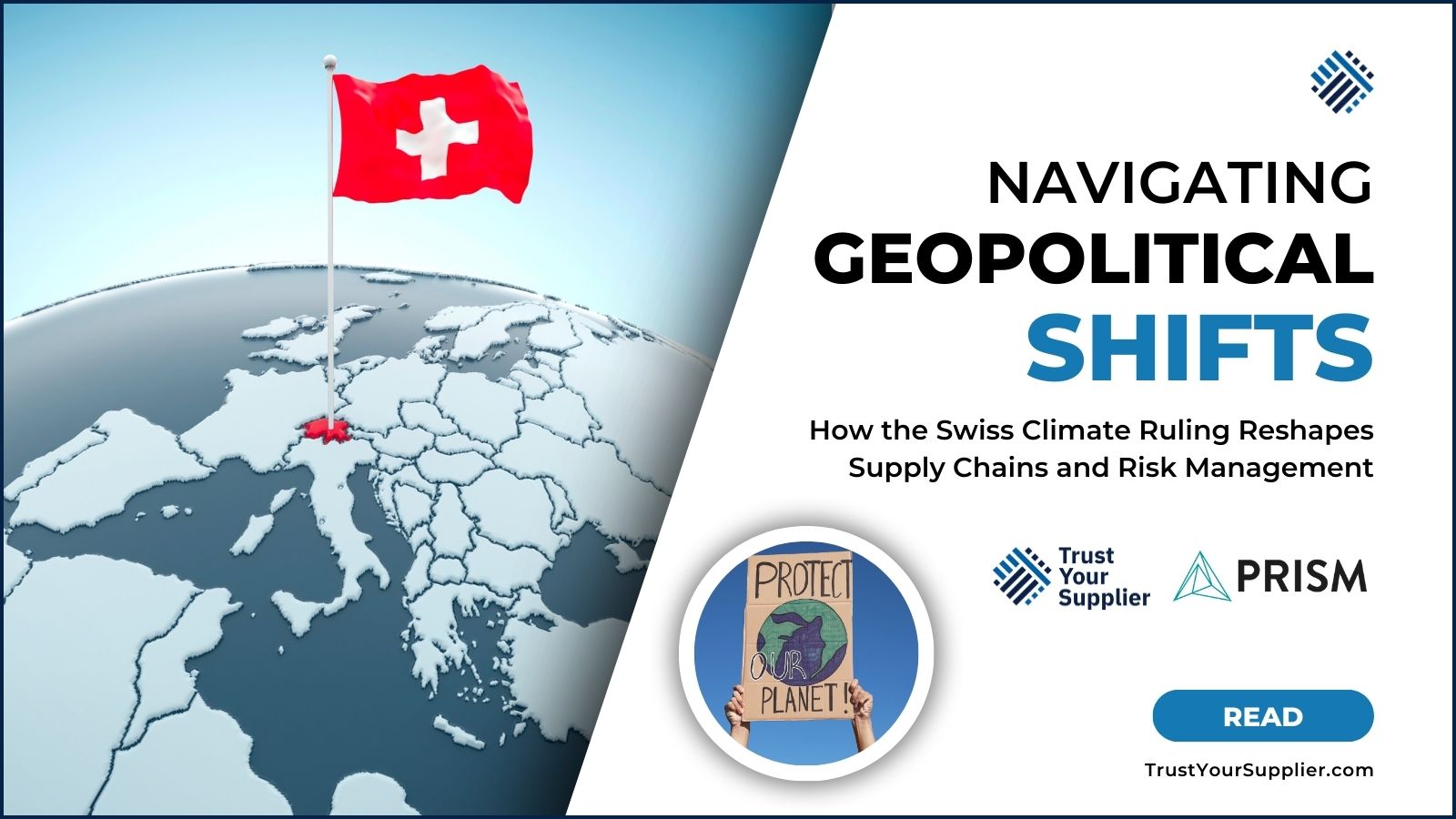We are thrilled to spotlight one of our talented blockchain engineers, Jamie Eldredge, and learn from him what it’s like to work in the field of blockchain technology. With over five years of experience at Trust Your Supplier, Eldredge exemplifies the blend of technical expertise and adaptability needed to thrive in this dynamic industry.
Jamie’s passion for technology began early in his life. Growing up, he was always fascinated by computers. High school career aptitude tests suggested paths like actuarial science or accounting, but the idea of working with spreadsheets all day wasn’t appealing. “Programming offered a perfect blend of something I was good at and something I enjoyed—problem-solving and variety,” he recalls. 
His decision to venture into blockchain engineering was driven by the technology’s novelty and potential. At a time when blockchain was still an emerging field, it presented a unique opportunity to engage with cutting-edge technology without the constraints of long-established practices. “It was thrilling to dive into a space where pioneering work was still possible,” he reflects.
For Jamie, the most compelling aspect of his role is the constant variety and challenge it offers. “Every day brings something new,” he explains, highlighting how the dynamic nature of blockchain keeps his work engaging. Whether it’s tackling a new problem, acquiring a new skill, or diving into fresh research, the job is anything but monotonous.
 Jamie emphasizes that problem-solving and adaptability are crucial skills for a blockchain engineer. Given the technology’s youth, there is a continuous influx of new information and developments. “Being able to critically evaluate situations and devise effective solutions is key,” he says. The ability to adapt and integrate new knowledge reliably ensures that professionals like Jamie stay at the forefront of this rapidly changing field.
Jamie emphasizes that problem-solving and adaptability are crucial skills for a blockchain engineer. Given the technology’s youth, there is a continuous influx of new information and developments. “Being able to critically evaluate situations and devise effective solutions is key,” he says. The ability to adapt and integrate new knowledge reliably ensures that professionals like Jamie stay at the forefront of this rapidly changing field.
Reflecting on his journey, Jamie offers valuable advice to aspiring engineers: have confidence and persevere. “Life is full of ups and downs, and failures are inevitable,” he notes. However, maintaining confidence in one’s abilities and a steadfast commitment to moving forward are vital to finding success.
Currently, Jamie’s work is focused on the development side of applications, specifically addressing production bugs and implementation issues. Ensuring that the app is user-friendly and efficient is a top priority. He also works on implementing new features and configurations for clients, continually enhancing the platform’s functionality.
Jamie wishes more people understood that being a blockchain engineer isn’t about instant solutions. “Things take time, and prioritization is crucial,” he explains. Precision and a methodical approach are essential to achieving the best outcomes in this field. 
Outside of his professional life, Jamie has a hidden talent for solving Rubik’s Cubes. This interest began as a high school fad but quickly turned into a passion. Over the years, his collection has grown, and he finds solving them to be a relaxing and enjoyable challenge.
As Jamie continues to explore and contribute to this revolutionary technology, he has now become a mentor to others entering the field. His journey and insights serve as an inspiration, guiding new engineers as they navigate the complexities and opportunities of blockchain. Jamie’s dedication not only advances our projects but also fosters a collaborative and innovative environment at Trust Your Supplier.


